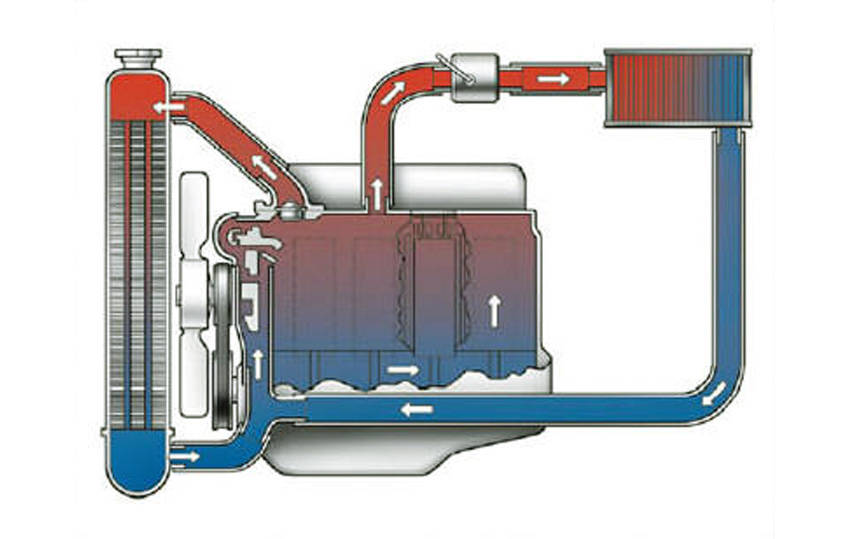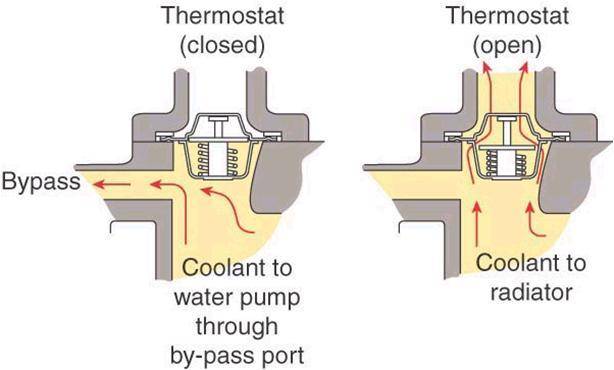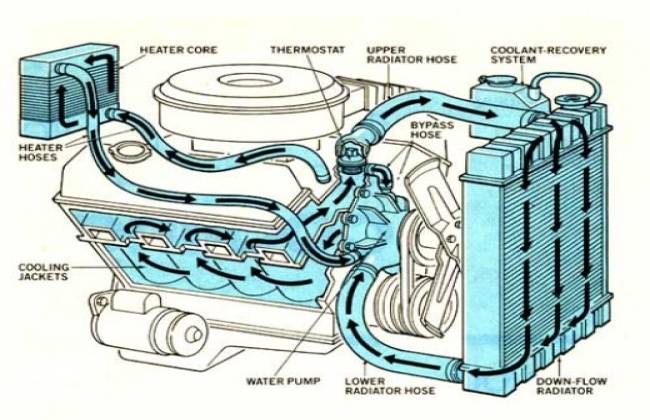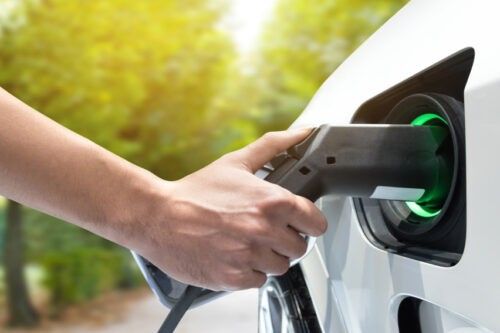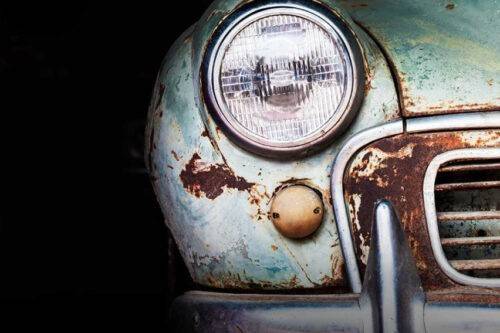Reasons of Car Overheating

KUALA LUMPUR: Many auto lovers around the globe bend over backwards to ensure their precious car in always in prim and proper condition. But many have often encountered the universal problem of car overheating. The advent of new technologies and innovations has surely minimised its occurrences, but still the prevailing issue of car overheating exists. Whether you drive a multi-million dollar car integrated with cutting-edge technology and mechanism or a conventional sedan – overheating can cause grave harms to your vehicle. Therefore it is imperative to take the right steps when the temperature needle swings towards red. While stuck on a red light on a hot summer day, waiting for light to clear and praying that you move quickly so that the air can pass to the engine, cooling it down is a traumatising experience – one from which you can save yourself. To save your car from temperature issues, we at CarBay brings you easy tips to diagnose the overheating issues and getting rid of them.
Why is your car Overheating:
Low Coolant Levels:
Whenever the temperature light signs glow on your dashboard, or you receive an engine overheating warning, the first thing to check is coolant level. Check the coolant level and refill it if needed. Sufficient coolant levels at all times is necessary for the engine to maintain the correct temperature. The coolant agent circulates in the engine and removes excessively generated heat. When the coolant level drops down, that's either because the car's service is due or there is a leakage or damage of the radiator hoses.
What to do: Sufficient coolant level is imperative to save your engine from overheating. If you are carrying coolant with you, refill it in the 50/50 ratio of clean distilled water and antifreeze coolant. If you aren't carrying coolant and in a hurry, you can put water in the radiator. But this is just temporary, so, therefore, take your car to a mechanic asap. Caution: never open the radiator cap until the engine gets time to cool off as the pressure forms steam inside the cooling system that can burn you.
Electric Cooling Fan / Radiator Fan Failure:
The radiator fan plays an essential role in saving the engine from overheating. Its main function is to draw in cooler air into the radiator when the car is moving slow. If the temperature gauge rising up, check for the fan – you will find it near the radiator. If the fan is sluggishly working or not working at all – this is the reason for car overheating. This can happen because of multiple reasons, because of the motor burning out or an object penetrates in the fan creating an obstacle.
What to do: Turn on the air conditioning of your car and check if the fan starts moving. The radiator fan usually turns on when you switch on the AC. If your fan is not working, it's advisable to take your car immediately to a mechanic and get it repaired or changed. Till then drive on moderate speed.
Faulty Radiator:
Radiators of modern cars last a lifetime, but often due to erosion and rust they damage. Radiators are a series of tubes, through which the coolant passes, reducing heat. But if the radiator is damaged or leaking – the engine will not be able to cool down. Due to wrong concentrated coolants, or rust – the radiator can get clogged or leak.
What to do: Nothing much can be done from your end, the best thing to do is take your car to the nearest service station and get your radiator properly flushed to fix the problem. If the radiator's leaking spot is visible and accessible to you, you can seal it by applying a little m-seal or covering the damaged area with electrical tape. This will hold until you reach the garage.
Faulty Thermostat:
Thermostat valve keeps the track of your car's temperature. It's a heat-sensitive valve through which the coolant flows in the engine. The valve remains closed until the engine reaches the given temperature, opening up the valve letting coolant flow through the engine and thus cooling the engine and reducing heat. If the thermostat valve is not working properly, it will be stuck in closing position.
What to do: If the thermostat is damaged and not opening when the engine is heating up, then you should immediately get it replaced. If the valve is not working properly due the air that has been trapped in, you have to remove it once and clean the bleeder valve.
Faulty Water Pump:
The water pump is the main element of your car's cooling mechanism. Its main role is to ensure the coolant is released, whenever the engine temperature rises. If the water pump is faulty, it will lead to improper coolant flow resulting in engine overheating. Seal leakage, shaft breakage or casting breakage or a broken or loose belt are the reasons for damaging a water pump.
What to do: If the water pump is damaged, take the car to a service center and get it repaired. While driving avoid using AC or heater, this will reduce the pressure on the engine and decrease its heating.
Apart from following these tips, we highly recommend to get your car periodically service and ensure all its parts are in prim and proper conditions.
Sell your car at the best price
 Verified and genuine buyers
Verified and genuine buyers
Trending & Fresh Updates
- Latest
- Popular
Featured Cars
- Latest
- Upcoming
- Popular
Latest Car Videos on Zigwheels




